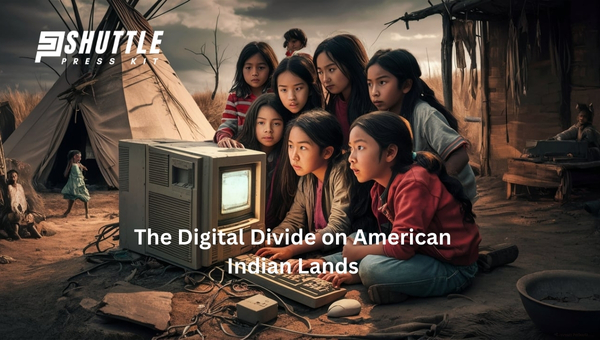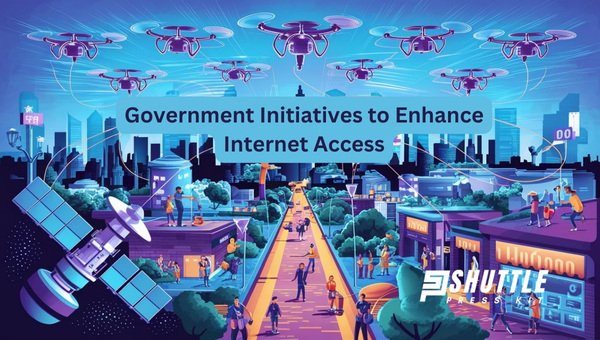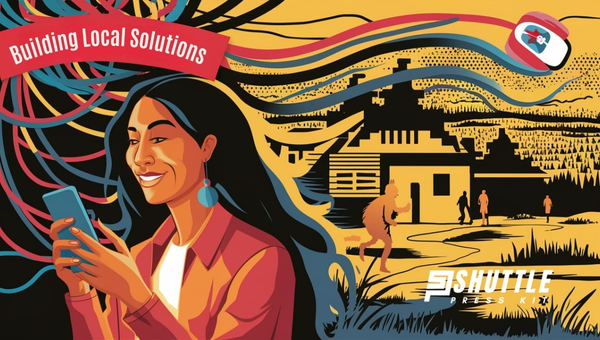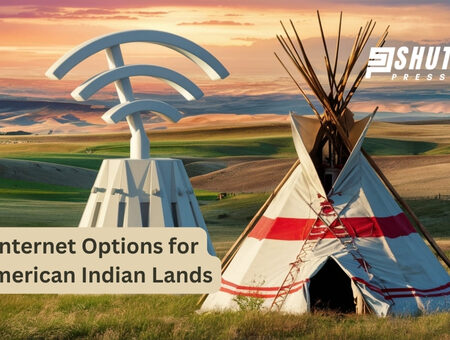Finding reliable and fast internet options for American Indian communities has been a challenge. Accessing the internet is not just about browsing; it means having better chances at jobs, education, and healthcare. In many rural areas on tribal lands, getting good internet services is tough.
But don’t worry! There are now more choices than ever before. Whether you’re looking for high-speed internet or affordable plans, I’ve got you covered. Let’s explore the best options available to ensure everyone stays connected.
The Digital Divide on American Indian Lands
American Indian lands are among the least connected areas in the U.S. Recent statistics reveal that:

- 42% of Native Americans lack access to high-speed internet.
- 18% of residents on tribal lands have no internet access at all.
- Internet speeds on tribal lands can be 75% slower than in non-tribal areas, with costs 11% higher.
These disparities are primarily due to a lack of infrastructure investment by internet service providers (ISPs), who often prioritize urban areas over rural communities. As a result, many Indigenous communities are left underserved, exacerbating existing inequalities in education, healthcare, and economic opportunities.
Government Initiatives to Enhance Internet Access
Recognizing the urgent need for improved connectivity, the federal government has implemented several programs aimed at expanding broadband access on tribal lands. Key initiatives include:

1. Tribal Broadband Connectivity Program
The Tribal Broadband Connectivity Program is a $3 billion initiative designed to support broadband deployment in tribal communities. This funding focuses on enhancing internet access for telehealth, distance learning, and digital inclusion efforts. Eligible entities include tribal governments, colleges, and organizations, which can apply for grants to improve their internet infrastructure.
2. National Tribal Broadband Grant (NTBG)
The NTBG program aims to bring broadband services to American Indian and Alaska Native communities. Grant recipients can engage consultants to explore potential deployment or expansion of high-speed internet technologies, including DSL, fiber, and wireless solutions.
3. Affordable Connectivity Program (ACP)
The Affordable Connectivity Program provides financial assistance to low-income households for internet services. Eligible families can receive discounts of up to $75 per month for broadband access, significantly reducing the financial burden of internet costs.
4. Lifeline Program
The Lifeline Program offers reduced-cost phone and internet services to low-income consumers. For those living on tribal lands, the benefit is enhanced, providing up to $34.25 per month off their internet bill.
Building Local Solutions
In addition to federal programs, some Native nations are taking matters into their own hands by developing their own broadband networks.

This grassroots approach allows communities to tailor solutions to their specific needs, ensuring that infrastructure is built where it is most needed.
Case Studies
Hopi Telecommunications
The Hopi Telecommunications company serves both the Hopi Reservation and parts of the surrounding Navajo Nation.
Despite facing challenges in upgrading their existing copper network to fiber optics, they have received federal grants to improve internet access. Their efforts highlight the potential for local solutions to bridge the connectivity gap.
Rosebud Sioux Tribe
The Rosebud Sioux Tribe in South Dakota recently secured over $40 million in funding to install a fiber and LTE network, aiming to connect over 1,500 unserved households.
This initiative is expected to enhance internet access and reduce reliance on monopolistic service providers.
Also Read: Starlink Offer Phone Service? Discover Now!
FAQs
What types of internet service options are available on American Indian lands?
There is a variety of services including DSL, cable, satellite, and sometimes fiber-optic, depending on the area.
How can residents of American Indian lands improve their internet connectivity?
Looking into community projects, grants, and government programs aimed at enhancing connectivity can be beneficial.
Are there any programs specifically designed to help improve internet access on American Indian lands?
Yes, there are federal and non-profit programs focused on increasing digital access and infrastructure in these regions.
What should someone living on American Indian lands consider when choosing an internet service provider?
Evaluate the availability, reliability, cost, and speed of service providers in your area alongside customer service reputation.
Also Read: Who Owns Starlink? – Unveiling the Space Internet Giant
Conclusion
The quest to bring robust internet options to American Indian lands is both pressing and potential-filled. It’s a unique challenge that requires an intersection of technology, policy, and community engagement.
Bridging the digital divide could unlock vast opportunities for education, healthcare, and economic development in these historically underserved communities.
Success hinges on collaborative efforts between tribal governments, internet service providers, and federal programs.
